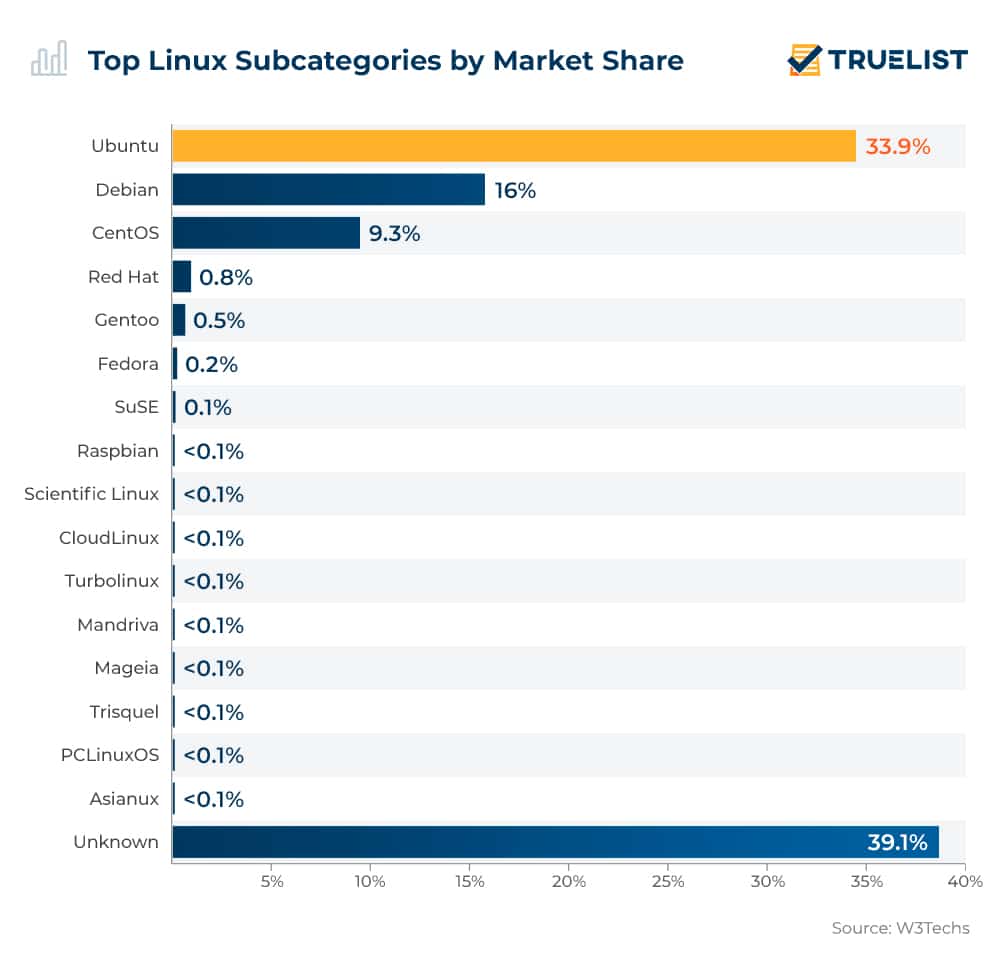The end of the year is tomorrow now and I will continue to work at TextureMind products as my regular job. After 13 years in the field of power computing and the last 9 years in AWS, I'm slowly building a competitive environment for the development of my software, with the best standards in my mind. I have to guarantee that my software will run on most of the target platforms without bugs or crashes, so I need to work with the most relevant hardware and operating systems. Having just one PC desktop with windows and any graphics card is not enough.
I already have a PC desktop with Windows 10 Pro and GeForce RTX 3070 that I'm using to develop my software, in details:
- Motherboard: ASUS ROG STRIX B550-F GAMING
- CPU: AMD Ryzen 9 3900X, 3800 Mhz 12 core, 24 threads
- GPU: MSI GeForce RTX 3070 Ventus 2X OC, GDDR6 8 GB
- RAM: Corsair Vengeance 32 GB DDR4-3200
- Storage: Kingston 2.5" A400 SSD 960 GB
Recently, I've bought a HP Pavilion Plus 14 with Windows 11 Pro for supporting AMD graphics cards, in details:
- CPU: AMD Ryzen 7-7840U 3,3 GHz
- GPU: AMD Radeon 780M
- Screen: OLED with 2.8K Resolution (2880x1800)
- RAM: 16GB LPDDR5x 6400 MHz
- Storage: 1 TB SSD
To cover high resolutions like 4K, I have an ASUS TUF Gaming VG28UQL1A Monitor at 144 Hz. For supporting multiple monitors and even higher refresh rates, I ordered an outstanding LG UltraGear OLED 32GS95UE Monitor, with a max refresh rate of 240 Hz in 4K and 480 Hz in full HD in dual mode. The last setting will be particularly useful for TextureMind Desktop (TMD), a display remote protocol where multi-monitor support and high refresh rate is mandatory.
I have in my plan to buy a second PC Desktop with more advanced features, like:
- Motherboard: ASUS ROG STRIX B650-A GAMING
- CPU: Amd Ryzen 9 7950X 4.5 GHz
- GPU: GeForce RTX 4080 or 50X0
- RAM: 128 GB DDR5 5600 MT/s or higher
- Storage: Lexar NQ790 4TB PCIe 4.0 M.2 NVMe 1.4 7000 MB/s
That will be useful for testing modern GPU applications, like Unreal Engine 5, and for producing features for advanced hadware.
I will install both Windows and Linux on PC and makes use of VMware virtual machines for testing the most relevant operating system distributions. Then I will port my framework and all the software to MacOS, so I will need to buy at least a mini mac M2 for supporting ARM processors and an older mini mac for supporting intel processors. I will buy also a Raspberry PI 5 and an iPhone for iOS, while for Android I will use my current smart phone.
For professional cloud computing, I will use instances in both Amazon EC2 and Google Cloud Platform. This will be particularly useful for the development of TextureMind Desktop, since this kind of software is mostly used with remote virtual machines in a cloud service.
